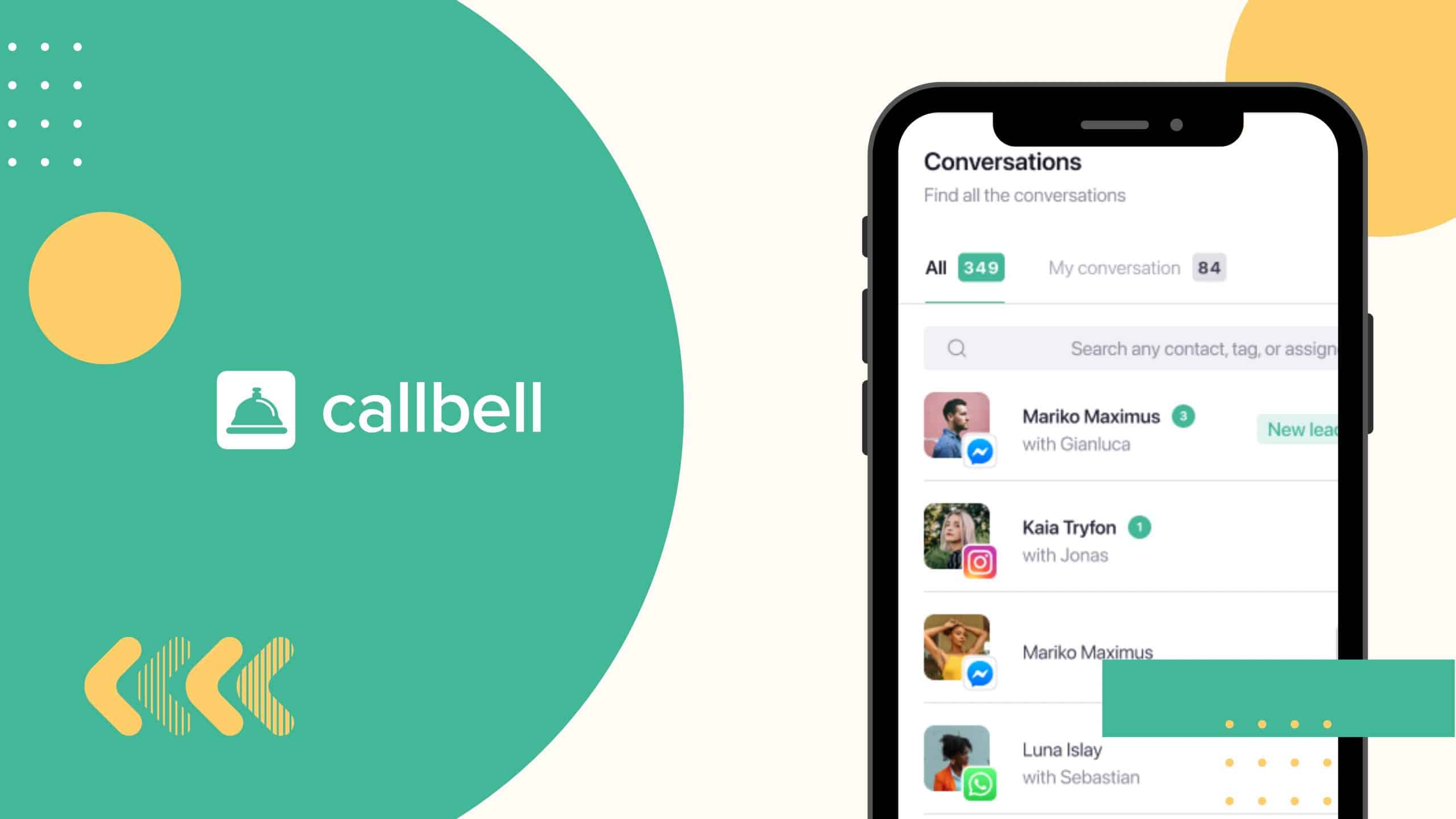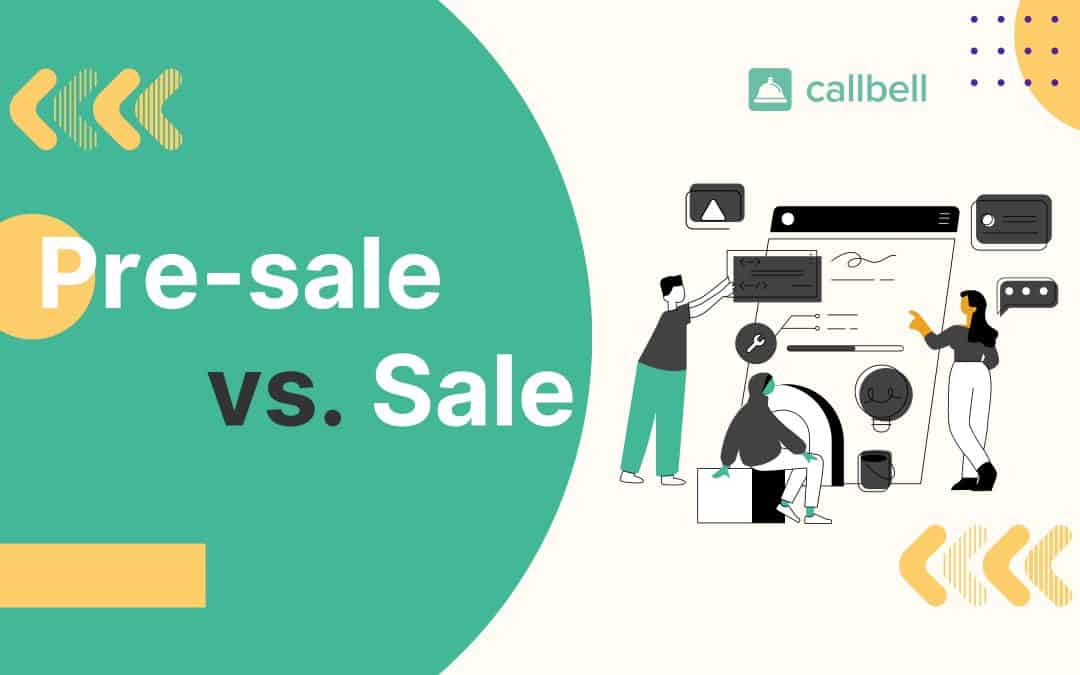Within the sales cycle, customers and potential customers go through different processes: like, for example, the sales process, which includes pre-sales and then the final sale.
These two processes support each other, depend on each other. There is no sale without pre-sale and there is no pre-sale without sale. It is an equation that allows you to find overall harmony, by accompanying the potential customer until the final sale and complete loyalty.
Nowadays, it is really about selling to a potential customer and companies have to work harder and harder to achieve this. This occurs because people have greater access to technology and information and, very often, potential customers decide to do research first on the product or service they are going to purchase, in order to be 100% sure of their choice.
However, in most cases, potential customers do not have the right technical knowledge that your team has about the product or service and an even closer contact is needed to convince them to even decide to communicate with someone on the team.
In this article we want to explain the differences between pre-sales and sales and what the default role is for each of these teams within the process.
Pre-sales or pre-sales teams bring together everything that is done before closing a sale of a specific product or service; that is, all the efforts a company must make to track down and provide the solutions and information requested by potential customers about the product or service they wish to sell.
This means that the aforementioned team generally has more and better technical knowledge, more ideas capable of providing solutions to potential customers’ problems and a clearer understanding regarding the implementation of the product or service.
Sales or sales teams are all that involve relating to the customer, earning their trust. The task is to sell the product or close the deal, establish lasting and long-term relationships with customers so that they decide to buy your services and products again. Furthermore, you need to negotiate the price, terms and conditions of the sale.
Despite the previous description, you may still not have fully understood the features and tasks of each team, whether pre-sales or sales. Today we would like to share all this with you:
Sales Team
1) Create product demos
One of the most important tasks that the sales team must perform is to create product demos so as to fulfill all the needs or situations requested by the potential customer.
2) Interact with buyers and customers
The sales team has the responsibility of interacting with customers on a daily basis, understanding their needs, trying to resolve their questions and requests.
3) Have a fundamental role in the sales funnel
In conclusion, one of the most important tasks lies in the sales funnel, having to close the sale with all potential customers.
Pre-Sales Team
1) Essential role within the sales funnel
In fact, this team has the task of providing information, generating curiosity in the potential customer.
2) Qualified leads
One of the main tasks of this team is to qualify leads, sending prospects with a higher purchase percentage to the sales team.
3) Research the competition
Another task of this team is to constantly research possible competition to stay informed about what is happening within the business world and use this information to their advantage. Plus, the pre-sales team may benefit from using project management tools to streamline their tasks and enhance collaboration.
4) Create product demos
Product demos are also essential and this team is responsible for creating transparent and quality content for all customers, potential and otherwise.
5) Draft the proposal
Another extremely relevant activity for pre-sales is to write attractive proposals, capable of capturing attention and arousing desire and desire to buy so that customers can then be sent to the sales team.
6) After-sales assistance
A very important task is to offer after-sales support, weird right? However, this is really essential for this great team.

Surely these two teams can be confused because they are very similar, but the way to diversify them depends on the responsibilities and objectives of each team.
When we talk about the pre-sales team, we are referring to the technical and specialized knowledge of the product and the constant support of the sales team throughout the purchasing process. On the other hand, when we talk about purposes, we are referring to the pre-sales team, as they are capable of using their technical and sectoral knowledge to underline how the product can improve results and help the customer to perfectly understand what they are about to buy, focusing mainly on how the latter can have a positive impact on the company.
On the other hand, the sales team focuses everything on emotions, on the customer’s desire to buy something and on how to pull that trigger to make it all come true. Furthermore, one of the main objectives for this team is to focus on upsells or future sales. Generally, it is this team that gives the final push to all customers to make their purchases.
Callbell is a company capable of connecting customers with companies through different communication channels, like Facebook Messenger, Instagram Direct, Telegram and WhatsApp. This tool has multiple features and innovations that pre-sales, sales and customer service teams can take advantage of in order to generate increased interest and satisfaction for customers.
With the aforementioned platform you will be able to obtain specialized metrics, create a customer database with integrated CRM, design important sales funnels for each team, imagine mass message campaigns, automate chat assignments or the entire contact process, also thanks to the help of the chatbot.
In conclusion, Callbell can have an extremely positive impact, both in terms of pre-sales and sales. If you would like to try it for free for 7 days, click here.
About the author: Hello! I am Alan and I am the marketing manager at Callbell, the first communication platform designed to help sales and support teams to collaborate and communicate with customers through direct messaging applications such as WhatsApp, Messenger, Telegram and Instagram Direct




